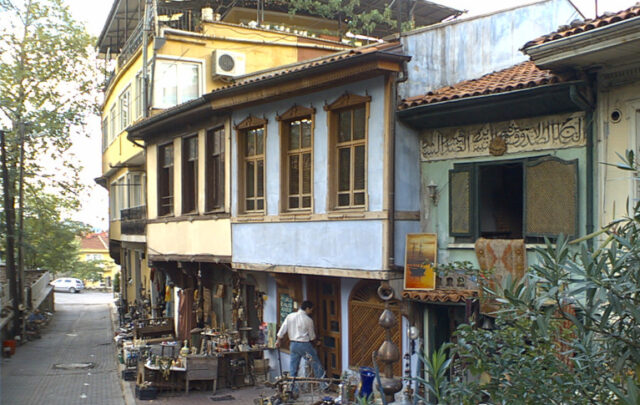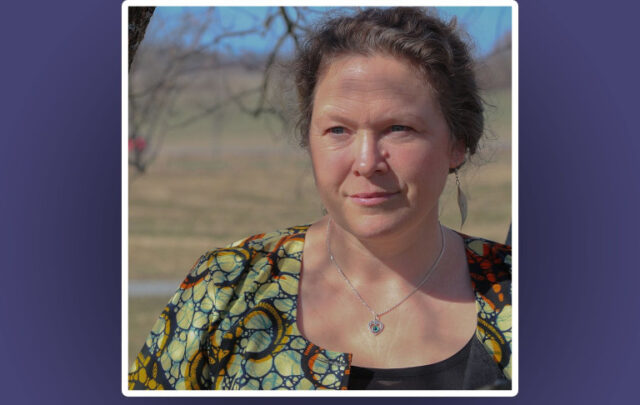In the past, as in the future, local ecosystem resources were the key to the economies of cities. A review of America’s Most Sustainable Cities & Regions.
America’s Most Sustainable Cities and Regions, by John W. Day and Charles Hall, published by Springer, 2016
Readers hoping to find their home town rated in America’s Most Sustainable Cities and Regions may be both disappointed and enlightened.
Disappointed, because the book doesn’t provide a systematic listing that covers all American cities – either the most sustainable or the least sustainable. Enlightened, because the authors do provide a systematic way of looking at sustainability, which can be applied to cities across the USA and around the world.
The authors are counted among the pioneers of ecological economics, and their new book is a lucid introduction to the fundamental concepts of this viewpoint.
While a textbook of ecological economics might lose some readers in abstraction, this book moves fluidly between abstract concepts, and easy-to-follow application of these principles to the past development, and possible futures, of twelve cities and ten regions.
In the process, Day and Hall show that cities which grew up before the heyday of the fossil fuel age were sited to benefit from strong ecosystem services:
until the beginning of the twentieth century, cities like New York, Albany, Chicago, and New Orleans grew up in resource-rich areas and along waterways that provided food and fiber and convenient trade routes. Second, the climate of all of these early cities was moist …. (America’s Most Sustainable Cities and Regions, page 16)
The combination of adequate rainfall, benign climate and fertile soils leads to high potential for agriculture, as shown in a map of Net Primary Productivity:

The growth rate of plants (expressed as NPP or net primary productivity in grams per meter square per year) across the central part of North America. The tan areas have very low productivity, and dark green areas are highly productive. From America’s Most Sustainable Cities and Regions, Springer, 2016, page 132
By contrast, some major cities in the arid west enjoyed minimal ecosystem resources to begin with, and they had scarcely outgrown village status before requiring vast resource inputs that could only realistically be supplied by fossil fuels.
Las Vegas, for example, was located at a small oasis fed by artesian wells amidst vast deserts. And the Los Angeles River initially supplied enough water for a small town, but as groundwater was withdrawn the River ceased to flow year round, and dried up in the 1920s. Thus both Las Vegas and Los Angeles had to wait for the high-energy economy of the fossil fuel age, which built dams and pumped water from hundreds of miles away, before they could grow into large cities.
Not surprisingly, Las Vegas and Los Angeles, along with other sunbelt cities in arid regions, get dismal ratings for sustainability in a future when cheap fossil fuels run short, and climate change exacerbates droughts.
At the other end of the spectrum, Cedar Rapids, Iowa, is located in a still-fertile plain with adequate rainfall for farming. Freight transportation is close at hand via the Mississippi River system, and relatively clear skies and dependable breezes can provide solar and wind generation of electricity (though the authors make clear that these energy sources are unlikely to provide anything like the quantities of energy we now routinely use). Perhaps most critically, Cedar Rapids is a small city, whose population can conceivably be supported by nearby resources in a low-energy future.
New Orleans was founded in an area with some of the continent’s richest ecosystem resources. But residents may not have the option to rely on these resources in future:
The ecosystem that has supported the unique, vibrant culture of the city is rapidly eroding into the sea as the impacts of sea level rise, levees, and oil industry canals exacerbate the natural land loss rates of the subsiding deltaic wetland environment that surrounds the city. (America’s Most Sustainable Cities and Regions, page 64)
Unless there is a major and effective restoration program, New Orleans’ future prospects are not good. Undoing the damage wrought by fossil-fueled projects will be difficult in a lower-energy economy – and doubly difficult as climate change brings stronger hurricanes, higher sea levels and storm surges, and more extreme fluctuations in the flow of the Mississippi.
Other cities are in very hard times currently, but the regional ecosystem services are still relatively strong, leading to more hopeful future prospects:
There are active plans in both Flint and Detroit to develop urban agriculture on vacant land. “Urban farms” from a few acres to several hundred acres have sprung up in both cities with vegetables, fruit trees, chickens and eggs. … Thus, in the face of pervasive urban decay and collapse, these cities may be able to produce a significant amount of food. (America’s Most Sustainable Cities and Regions, page 49)
While the book is a strong addition to the literature on sustainability, I do have a few quibbles. First, a reader expecting discussion of the sustainability of average citizens’ lifestyles in various cities will be disappointed. It gradually becomes clear that current per capita ecological footprints are not the subject of this book, nor are Hall and Day ranking the degree to which the economies of various American cities are sustainable in their current configurations. Rather, they elucidate the degree to which these cities will be sustainable as they cope with 21st century megatrends. A clear statement early in the book, explaining what the authors mean and what they don’t mean by “America’s most sustainable cities”, would have been helpful.
Finally, the book’s predictive usefulness is weakened by a lack of any mention of either large-scale migrations or political factors on future sustainability.
The authors note that the resources in the area around Cedar Rapids could likely support the current population (though not their current lifestyles). On the other hand, the population of the megalopolis from Washington DC to Boston, including New York City, is far too great to be supported by local resources. In theory, then, the current Cedar Rapids could become sustainable, while the current New York City cannot.
Eventually that which cannot be sustained, will not be sustained. However, suppose a severe resource crunch hits rapidly. Assuming the millions of people in New York City don’t just ascend in The Rapture, many will move to someplace that can provide the necessities of life. A large outflow of people from cities like New York, and an inflow into the smaller, theoretically sustainable cities like Cedar Rapids, would quickly alter the sustainability calculus.
Likewise, if sustainability is threatened for large numbers of people on a short time-line, political leaders could force through desperately short-sighted measures to feed populations. Thus regions which currently have relatively strong ecosystems may not be able to maintain those environments, as more populous and more powerful regions exert their demands.
In summary, John W. Day and Charles Hall have provided a great overview of the factors that can make a city and a region sustainable, even in the face of restricted energy shortages and the challenges of climate change. If we move quickly enough in adopting an “economics as if reality matters”, then this book may also serve as a road map to a reasonably prosperous future.






